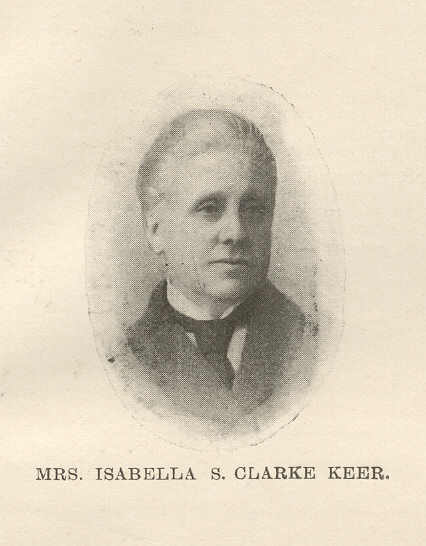Isabella Clarke
The first President of the Association of Women Pharmacists

Isabella Skinner Clarke registered with the Pharmaceutical Society as a Chemist and Druggist on 22 April 1875 and became a pharmaceutical chemist by passing the Major exam on 15 December 1875. Shortly after, she established her own business at Spring Street, Paddington, London, and took female medical students for their dispensing course.
This led to her being appointed as Tutor in Pharmacy at the Royal Free School of Medicine for Women, but she wasn’t elected as one of the first women members of the Pharmaceutical Society until 1879.
Alice met Thomas Keer, a fellow student at Muter’s School of Pharmacy in Clapham, and in 1883 they were married. She gave up her Spring Street business and became her husband’s partner in a pharmacy in Bruton Street, Berkley Square.
Isabella later started a Home for Students at their home in Endsleigh Street, which was where the first meeting of the Association of Women Pharmacists took place. Many of the Association’s early meetings were held in Isabella’s dining room.
During the First World War, despite being over 70 years old, Isabella worked daily at the Admiralty. She died in Croydon on 30 July 1926, aged 84.